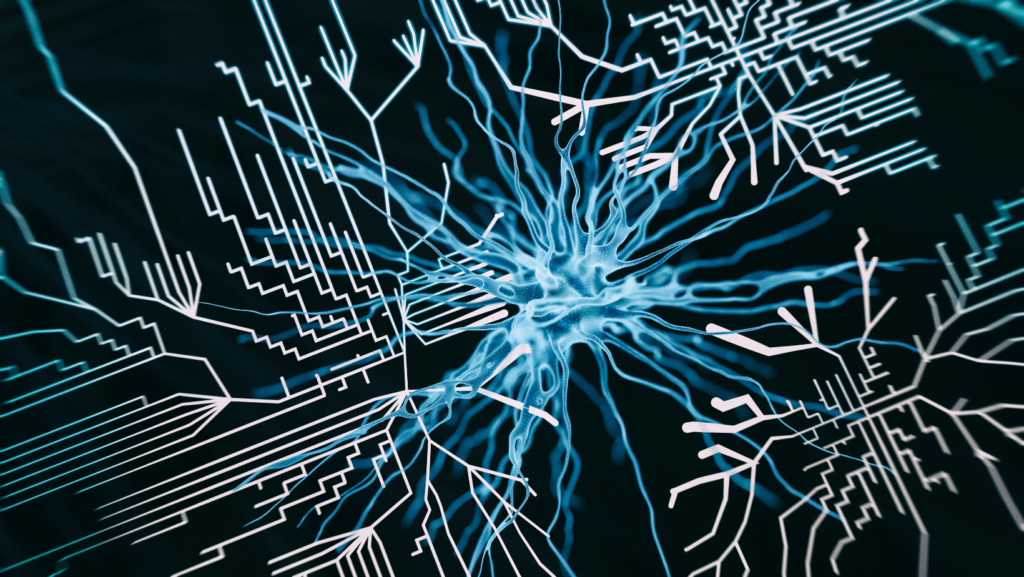Developing graphical user interfaces (GUIs) for embedded systems is a crucial aspect of modern technology. It plays a significant role in enhancing user experience and interaction with devices that have limited resources. From smart home devices to industrial control systems, GUI development is at the forefront of creating intuitive interfaces for seamless user engagement.
In the realm of GUI development for embedded systems, designing GUIs requires a delicate balance between functionality and resource efficiency. Engineers must optimize the user interface to operate smoothly within the constraints of the embedded hardware. As technology advances, the demand for visually appealing and user-friendly interfaces in embedded systems continues to grow, driving innovation in GUI development techniques.
GUI Development for Embedded Systems
What is Embedded Systems GUI?

GUI development for Embedded systems refers to the graphical user interfaces designed specifically for embedded systems, which are computing devices with dedicated functions within a larger mechanical or electrical system. These interfaces allow users to interact with the embedded system through visual elements such as icons, buttons, and menus. GUI development for embedded systems are essential in providing a user-friendly way to control and monitor devices with limited resources, such as smart appliances, medical devices, and automotive systems.
The significance of GUI development for embedded systems in modern devices cannot be overstated. As consumers increasingly demand intuitive and visually pleasing interfaces, the role of GUIs in enhancing user experience has become paramount. In today’s interconnected world, where smart devices are ubiquitous, GUI development for embedded systems play a crucial role in ensuring seamless interaction between users and devices. They improve accessibility, streamline operations, and contribute to the overall functionality and aesthetics of the device.
Key Challenges in Embedded Systems GUI Development
In the realm of GUI development for embedded systems, engineers encounter several key challenges that influence the design and implementation of graphical user interfaces (GUIs).
Performance Constraints & Limited Resources

In embedded systems, performance is a critical factor due to the limited processing power and memory capacity of such devices. Designing GUIs that are responsive and efficient in utilizing system resources is paramount. Ensuring smooth navigation and quick response times while maintaining a visually appealing interface poses a significant challenge. Developers must optimize code, minimize resource-intensive operations, and prioritize critical functions to enhance overall performance without compromising user experience.
One of the primary challenges in embedded systems GUI development is working within the constraints of limited resources, including restricted memory, processing capabilities, and display resolution. Balancing the functionality and complexity of GUI elements with the available resources requires meticulous planning and optimization. Engineers must carefully allocate resources, manage memory usage efficiently, and streamline graphical components to deliver a seamless user experience. Adopting lightweight frameworks and optimizing graphics rendering are common strategies to overcome resource limitations and ensure optimal performance.
User Interface Design Constraints

Designing intuitive and user-friendly interfaces for embedded systems poses unique challenges due to the constraints of screen size, input methods, and device functionality. Crafting GUI development for embedded systems that are both visually engaging and easy to navigate on small screens or with limited input options requires a thoughtful approach.
Engineers must simplify interface elements, prioritize essential features, and optimize usability to accommodate the constraints of the device while providing an intuitive user experience. Balancing aesthetics with functionality and ensuring clarity in visual elements are crucial aspects of overcoming design constraints in GUI development for embedded systems.
Efficient Resource Management
Developing graphical user interfaces GUI development for embedded systems is crucial in enhancing user experience and optimizing device interaction. Engineers must strike a balance between functionality and resource efficiency when designing GUIs. The increasing demand for visually appealing interfaces is propelling innovation in GUI development methods. Overcoming challenges such as performance constraints and limited resources requires optimizing code and simplifying interface elements. By prioritizing efficient resource management and user-centric design, engineers can ensure seamless interaction while maintaining visual appeal on devices with constrained capabilities.
